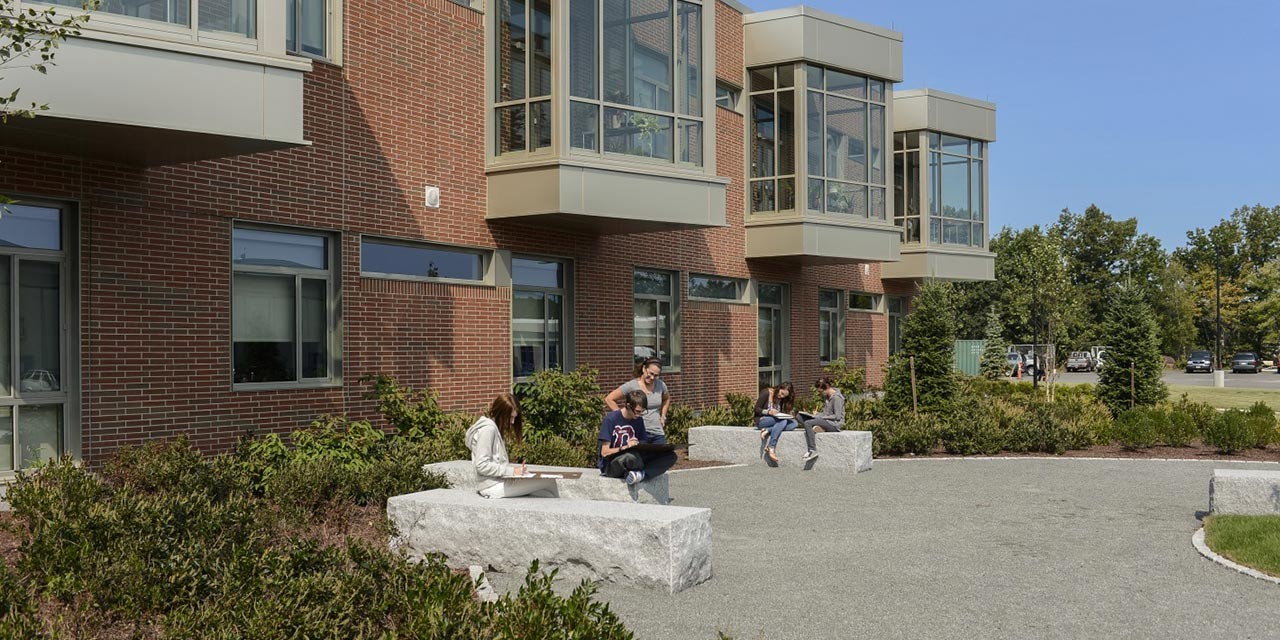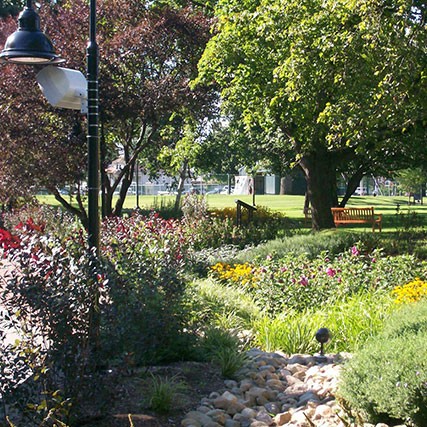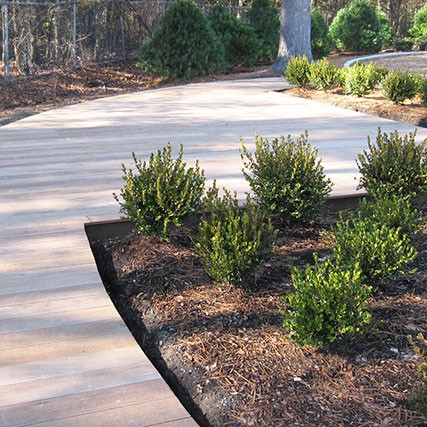In a study printed in Environment and Behavior, researchers found “that spending even a short amount of time outside is restorative and reverses temporary issues of fatigue and concentration,” and several additional studies have recognized an inverse relationship between an individual’s access to greenspace and rates of depression. Further, the American Journal of Clinical Nutrition has linked childhood obesity and a deficiency of vitamin D, which often correlates to a lack of exposure to outdoor activities. Establishing a school garden program is one way to gets students outside and active, while promoting healthy eating habits and sustainable practices.
Nurture Through Nature
Educators and designers alike are in constant search of the perfect learning environment, and outdoor learning spaces are the next educational frontier. With modern society becoming increasingly tech-driven, simply “getting back to nature” can be paramount to a child’s creativity, cognition, and overall health. Recognizing the benefits of outdoor learning, programs such as the Boston Schoolyard Initiative have established precedents throughout the city, and firms like SMMA are challenging traditional educational-delivery norms by incorporating outdoor classroom spaces into their designs.
Our K-12 Studio designs 21st century buildings aimed at helping students and teachers overcome educational barriers through learner-centric environments. Schools that supplement the built environment with spaces for outdoor learning promote the Four C’s of 21st century skills: Critical thinking, Communication, Collaboration, and Creativity.
Design strategies such as nature walks, bioswales, outdoor classrooms, and vegetable gardens provide learning experiences not achievable in traditional classroom settings, and also accommodate a variety of learning styles (hands-on, peer-to-peer, etc.). Students are able to engage with nature by recording seasonal changes, sketching, conducting experiments, and cultivating gardens. During break periods, outdoor classrooms double as gathering spaces for lunch, casual peer interaction, and relaxation.






